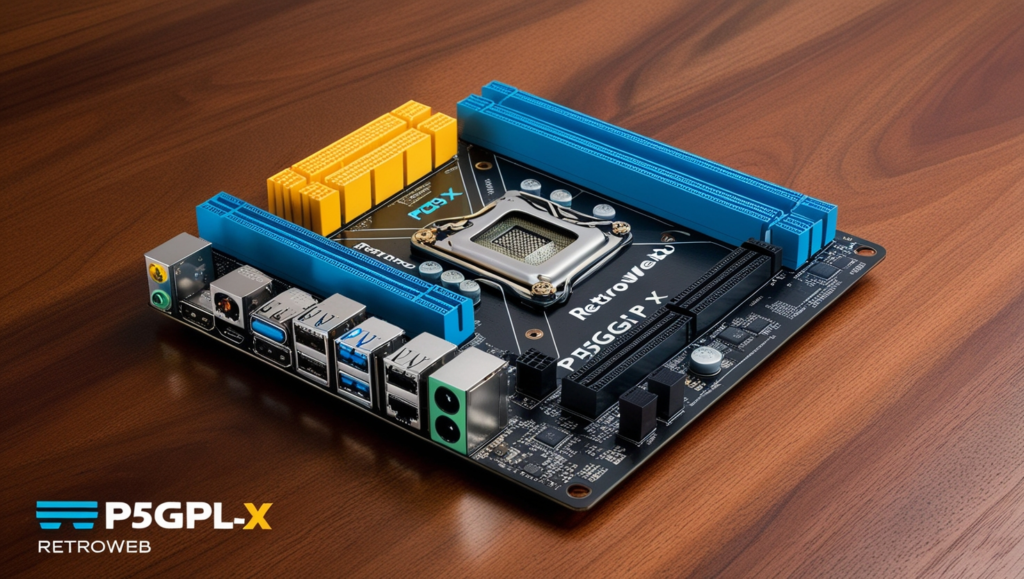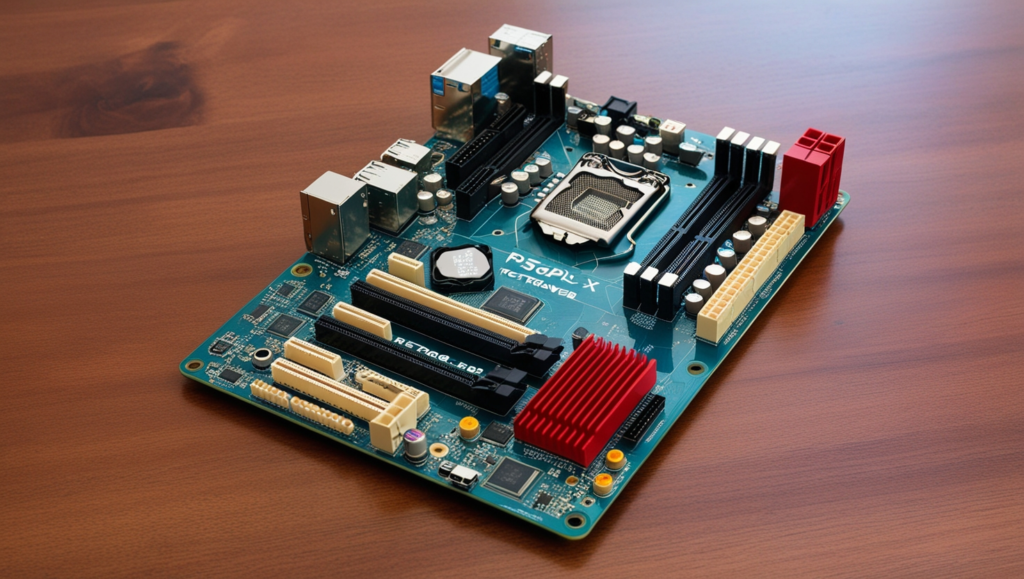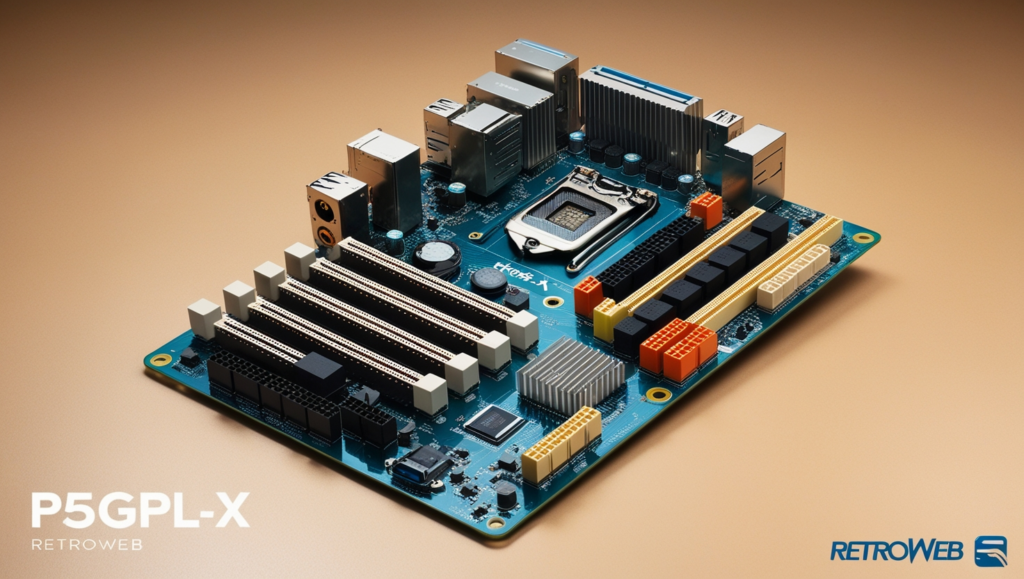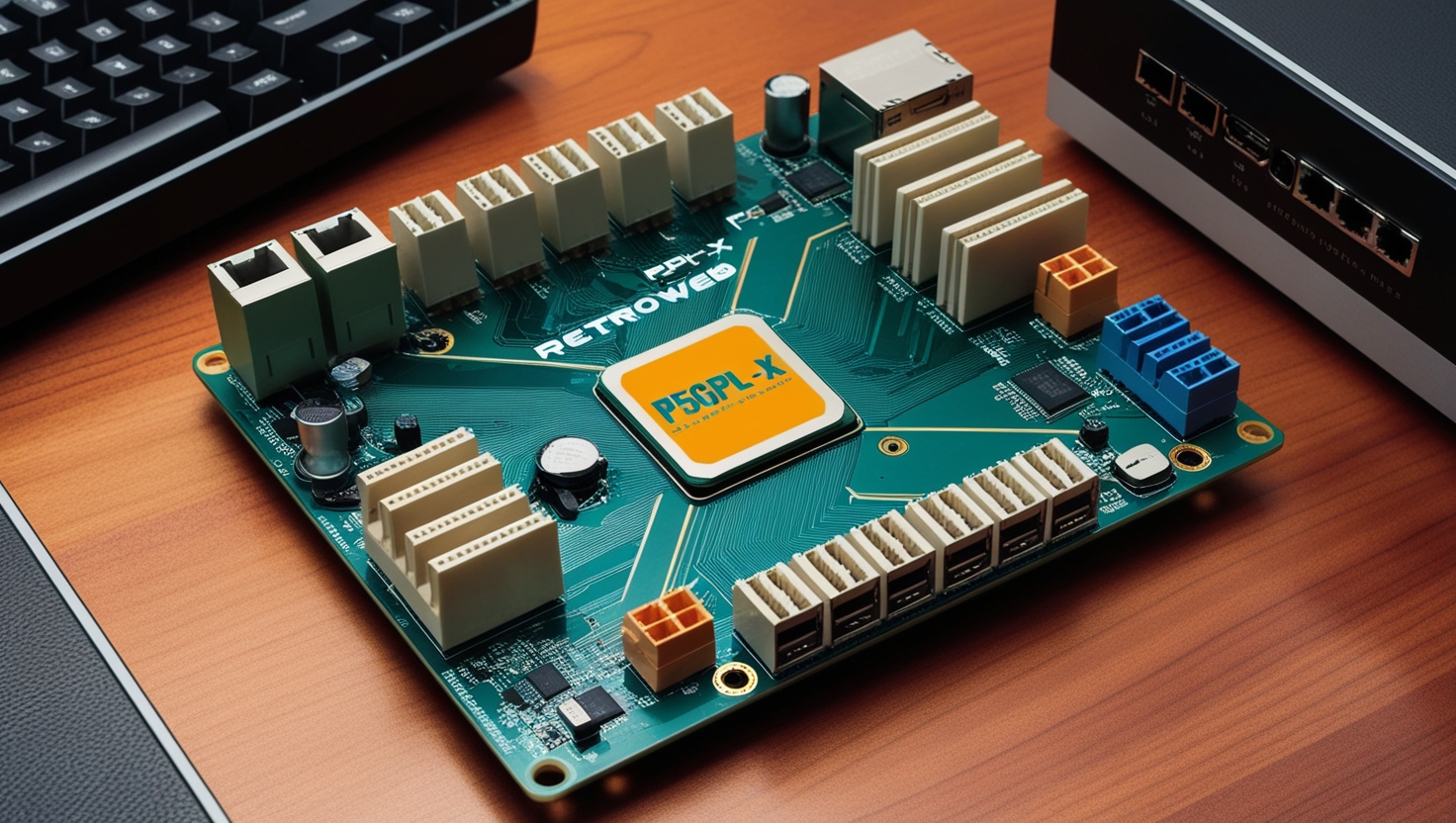Introduction
In the vast and dynamic universe of technology, innovations come and go, often leaving behind a trail of nostalgia for once-revolutionary systems. Among such efforts to preserve and celebrate the charm of retro computing, the p5gpl-x retro web emerges as a shining beacon. This unique platform bridges the gap between the vintage appeal of early computing systems and the limitless potential of modern web technologies. The following exploration delves deep into the details of p5gpl-x retroweb, its origins, functionality, applications, and the lasting impression it continues to leave on the tech community.
The Genesis of p5gpl-x Retroweb
The story of p5gpl-x retroweb begins with a growing movement within the tech community to revisit the roots of computing. As technology continues to advance at a breakneck pace, enthusiasts and developers have started to yearn for the simplicity and charm of earlier systems. These retro systems, characterized by their straightforward design and user-centric approach, laid the foundation for the complex ecosystems we experience today.
The authors of p5gpl-x retroweb specifically designed a platform wherein early systems are not only emulated but also remain as functional as today due to the open-source foundations of the platform; it was created to encourage freedom of expression and teamwork. This combination of looking back toward tradition and forwarding looking innovation created a tool that has enthralled developers, educators, and digital archivists.

Understanding the Core of p5gpl-x Retroweb
At its Core, p5gpl-x retroweb is a web-based platform that emulates the experience of vintage computing systems. Unlike traditional emulators that rely on hardware or specialized software installations, p5gpl-x retro web leverages the power of modern web technologies to deliver a seamless retro experience directly through a browser. This accessibility makes it a versatile tool for users across the spectrum, from seasoned developers to curious beginners.
The platform operates on a modular framework, allowing users to customize their experience to suit their preferences. Whether it’s recreating the look and feel of an iconic operating system or designing entirely new retro-style interfaces, p5gpl-x retroweb provides the tools necessary to bring these visions to life. Its lightweight design ensures smooth performance, even on devices with limited resources, further expanding its accessibility.
Key Features of p5gpl-x Retroweb
The success of p5gpl-x retroweb can be attributed to its rich set of features, which cater to a diverse audience. Some of its standout characteristics include:
- Browser-Based Accessibility: Users can access p5gpl-x retroweb from any modern browser without the need for additional installations, ensuring a hassle-free experience.
- Customizable Interfaces: The platform’s modular design allows users to create and modify interfaces, enabling them to emulate classic systems or design new ones inspired by retro aesthetics.
- Open-Source Framework: Built on open-source principles, p5gpl-x retroweb encourages collaboration and innovation within the developer community.
- Lightweight Performance: The platform’s optimized architecture ensures smooth operation, even on devices with limited processing power or memory.
- Educational Applications: By offering an interactive way to explore the history of computing, p5gpl-x retroweb has become a valuable tool for educators and learners alike.

Applications of p5gpl-x Retroweb
The versatility of p5gpl-x retroweb has led to its adoption in various fields. One of the most significant applications lies in education. By providing an immersive way to explore vintage computing systems, the platform enables students to gain a deeper understanding of the evolution of technology. From showcasing the basic principles of early operating systems to demonstrating the limitations and innovations of past hardware, p5gpl-x retroweb serves as a bridge between the past and present.
Another prominent use case is digital preservation. As older systems and software risk becoming obsolete, p5gpl-x retroweb ensures that their legacy remains accessible to future generations. Researchers and archivists rely on the platform to document and preserve digital history, safeguarding the foundations of modern computing for posterity.
Beyond these applications, p5gpl-x retroweb has also found a niche among hobbyists and developers who enjoy experimenting with retro-style interfaces. Its flexibility allows users to design unique projects, from recreating classic games to developing entirely new applications inspired by the aesthetics of the past.
The Impact of p5gpl-x Retroweb on the Tech Community
The emergence of p5gpl-x retroweb has had a profound impact on the tech community, fostering a renewed appreciation for the history of computing. By making retro systems accessible to a wider audience, the platform has inspired countless developers to explore the principles that shaped modern technology. In turn, this has led to a deeper understanding of the innovations and challenges that defined early computing.
Moreover, p5gpl-x retroweb has created a space for collaboration and creativity. Its open-source framework encourages developers to contribute their ideas and enhancements, resulting in a constantly evolving platform. This sense of community has become one of the defining aspects of p5gpl-x retroweb, uniting enthusiasts from around the world in their shared passion for retro computing.

Challenges and Future Prospects
Despite its many strengths, p5gpl-x retroweb is not without its challenges. One of the primary obstacles lies in balancing authenticity with modern usability. While the platform’s goal is to emulate vintage systems faithfully, it must also cater to the expectations of contemporary users. Striking this balance requires careful design and constant refinement.
Another challenge is ensuring compatibility across different devices and browsers. As web technologies continue to evolve, maintaining seamless performance on a wide range of platforms demands ongoing effort and innovation. However, the strong community backing and open-source nature of p5gpl-x retroweb provide a solid foundation for addressing these challenges.
Looking ahead, the future of p5gpl-x retroweb appears bright. In recent times, there has been a resurgence of interest in retro computing and archiving digital data, which could make the platform play even more a vital function in the future. The app’s extension to new areas, for instance, virtual reality or augmented reality, seems very promising when it comes to the possibility of delivering immersive retro experiences.
Conclusion
The road of p5gpl-x retro web proves that retro computing will never become outdated while modern web technologies can open practically limitless opportunities. The platform is designed to evoke emotions and feelings from the period of successful implementation of new ideas; a cozy corner of popularity has been created in the high-tech modern world, and the best computing systems have been developed.
It matters not if you are a professional developer, a teacher, a data preserver, or a budding hacker; p5gpl-x retroweb is a veritable warehouse of wake nostalgia and a front line of future major changes. As time goes on, the platform augments itself. Its ability to reach out and grow, as well as its influence on the technology community, ensures that the charm and history of the world of vintage computing will continue to be seen and learned for a long time to come.
